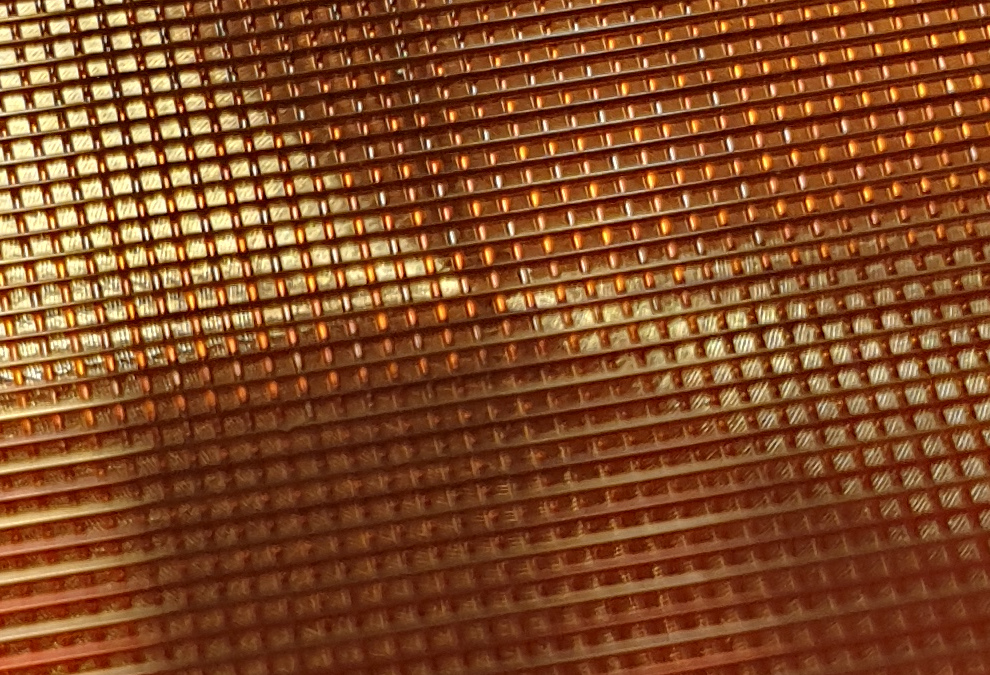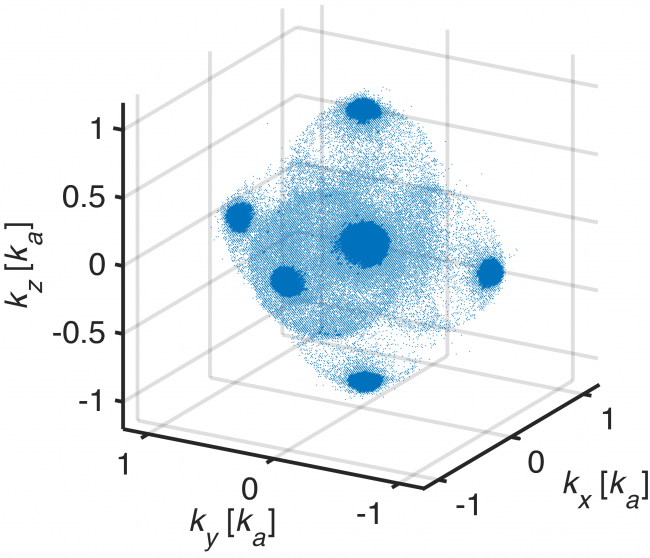So, this is what you get when two clouds of cold atoms collide ! Here, each dot corresponds to an individual atom. Want to know how we can detect that in the lab ? Follow the thread  (1/n)
(1/n)
 (1/n)
(1/n)
First, a word about the context: this is actual experimental data, coming from an experiment we performed in my current postdoc at @InstitutOptique (2/n)
What do we see here ? We made two clouds of (ultra)cold atoms collide. If you let the atoms expand for some time after the collision, you see the two original clouds, with some atoms scattered forming a collision sphere. (3/n)
Each dot is an individual atom, whose 3D position was reconstructed using a so-called microchannel plate detector (MCP, see  ). Let's see how this works. (4/n)
). Let's see how this works. (4/n)
 ). Let's see how this works. (4/n)
). Let's see how this works. (4/n)
A MCP is a ceramic plate, in which a series of holes (canals) were drilled. The ultra-cold atomic clouds that we generate in our experiment are falling onto this plate at the end of each sequence. Some atoms will then enter the canals and collide with their walls. (5/n)
Now a word about our atoms: we use helium, that is cooled and trapped in a metastable state. It is a long-lived state (~2h) with a large internal energy (~20eV). When the atoms collide with the canals, this energy is released and can rip an electron off ! (8/n)
The electron is then accelerated in the canal, which produces an "electron shower". This shower falls onto a grid of delay lines. (9/n)
An electronic pulse then propagates on the delay line. Its arrival time is recorded on each end. By comparing those times, one can infer the position of the initial impact (and, thus, of the atoms). (10/n)
The delay lines are arranged in a 2D grid. This allows us to detect the position of the impact in the MCP plane. The third coordinate is obtained by using the mean impact time. Here is a view of the delay lines grid below the MCP plate. (11/n)
With this method, we can detect single atoms with a good sensitivity even after a long time-of-flight. This allows us to do atomic interferometry with single atoms (or pairs of entangled atoms). (13/n)
That's all I wanted to tell you about our detector. If you like collision spheres, you can check out this paper from the other helium experiment at @InstitutOptique >> https://journals.aps.org/prresearch/abstract/10.1103/PhysRevResearch.2.013017 (14/n)
You can also check the webpages of the two helium experiments to see how we use this detector to study cool physics :
https://www.lcf.institutoptique.fr/en/groups/quantum-gases/experiments/quantum-atom-optics
https://www.lcf.institutoptique.fr/en/groups/quantum-gases/experiments/lattice-gases
(15/n)
https://www.lcf.institutoptique.fr/en/groups/quantum-gases/experiments/quantum-atom-optics
https://www.lcf.institutoptique.fr/en/groups/quantum-gases/experiments/lattice-gases
(15/n)
That's all folks, thanks for reading ! (end)

 Read on Twitter
Read on Twitter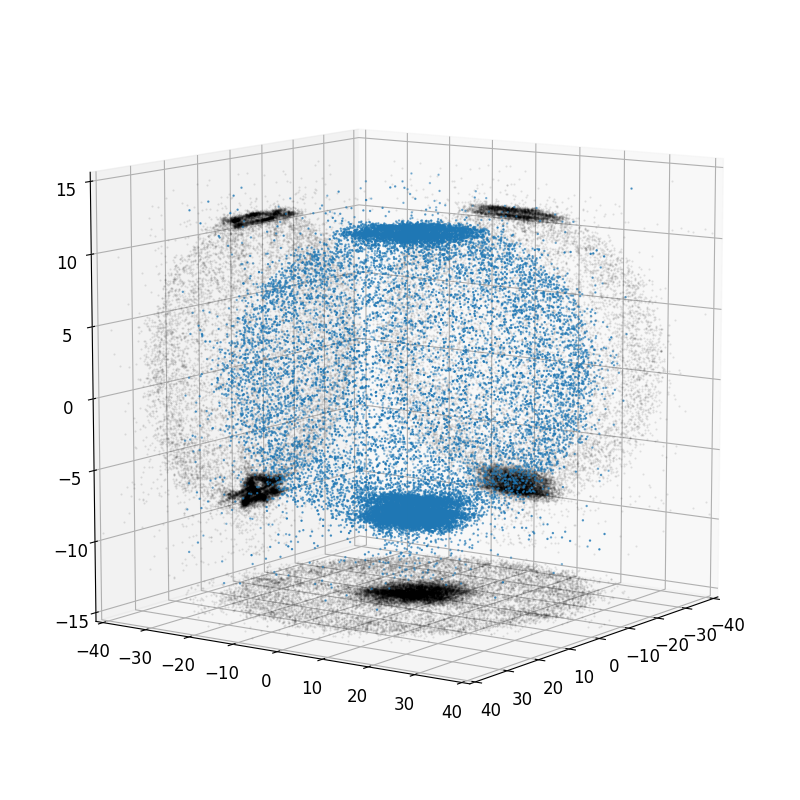
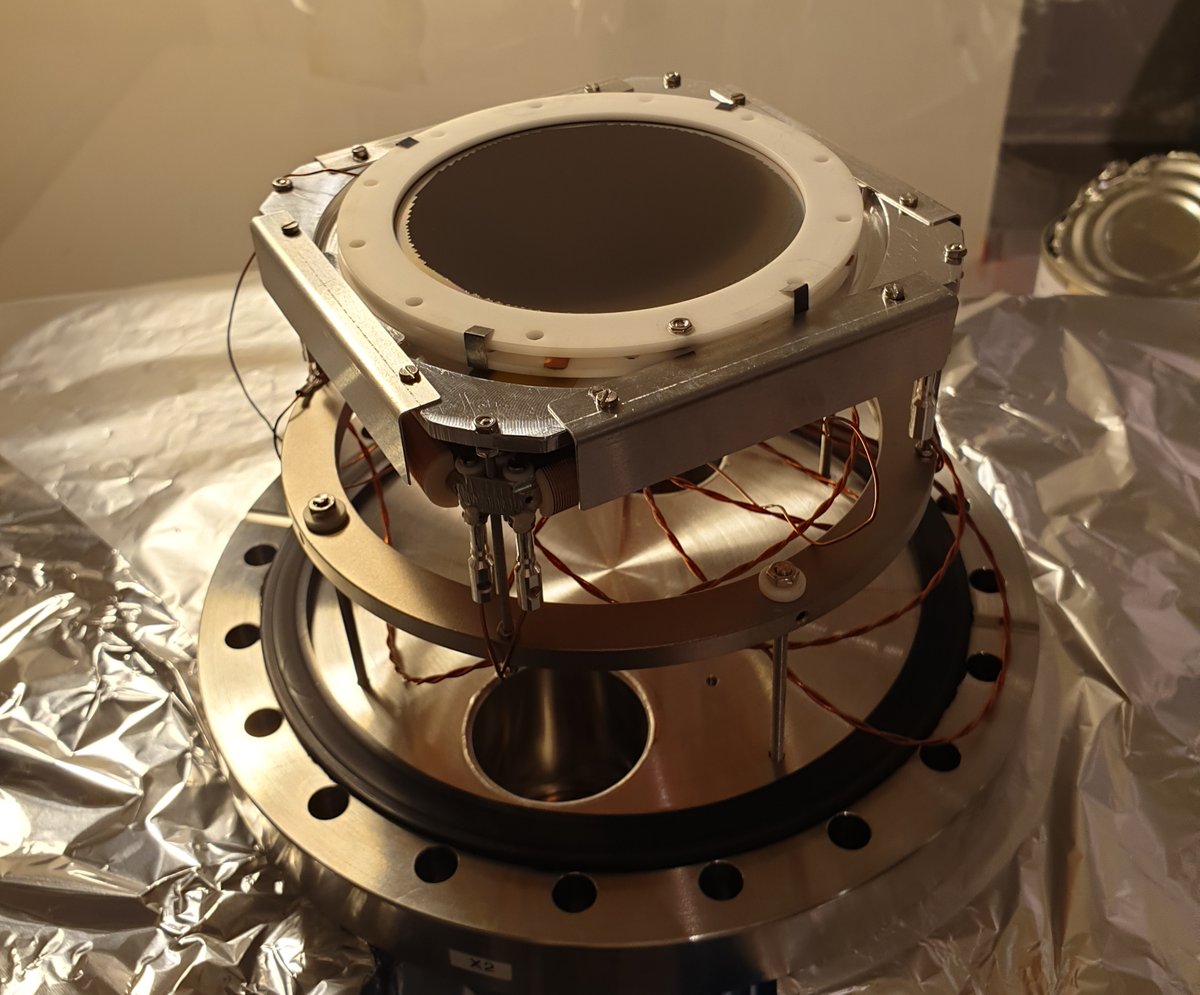
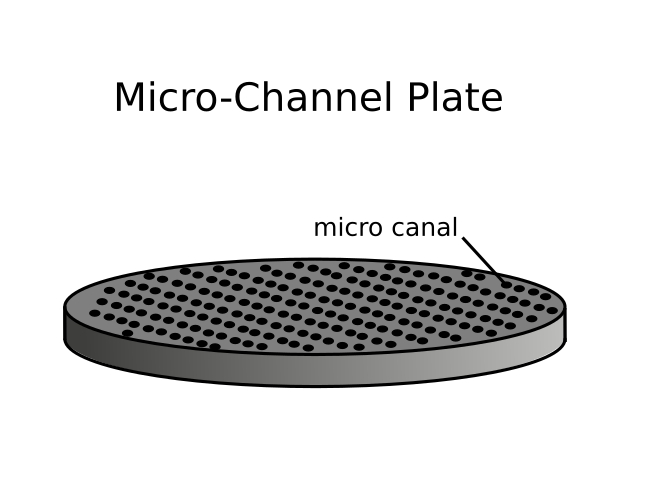
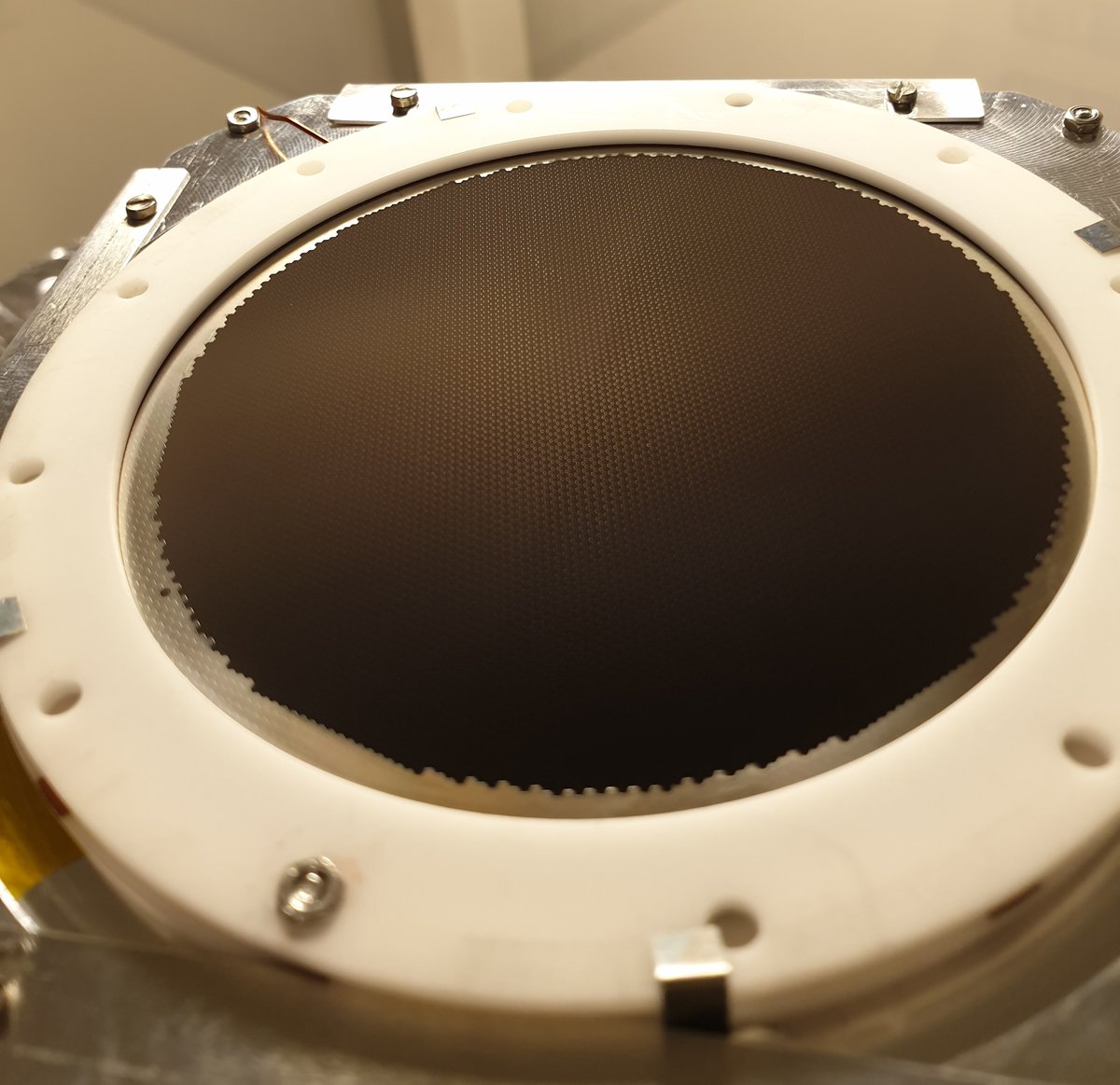
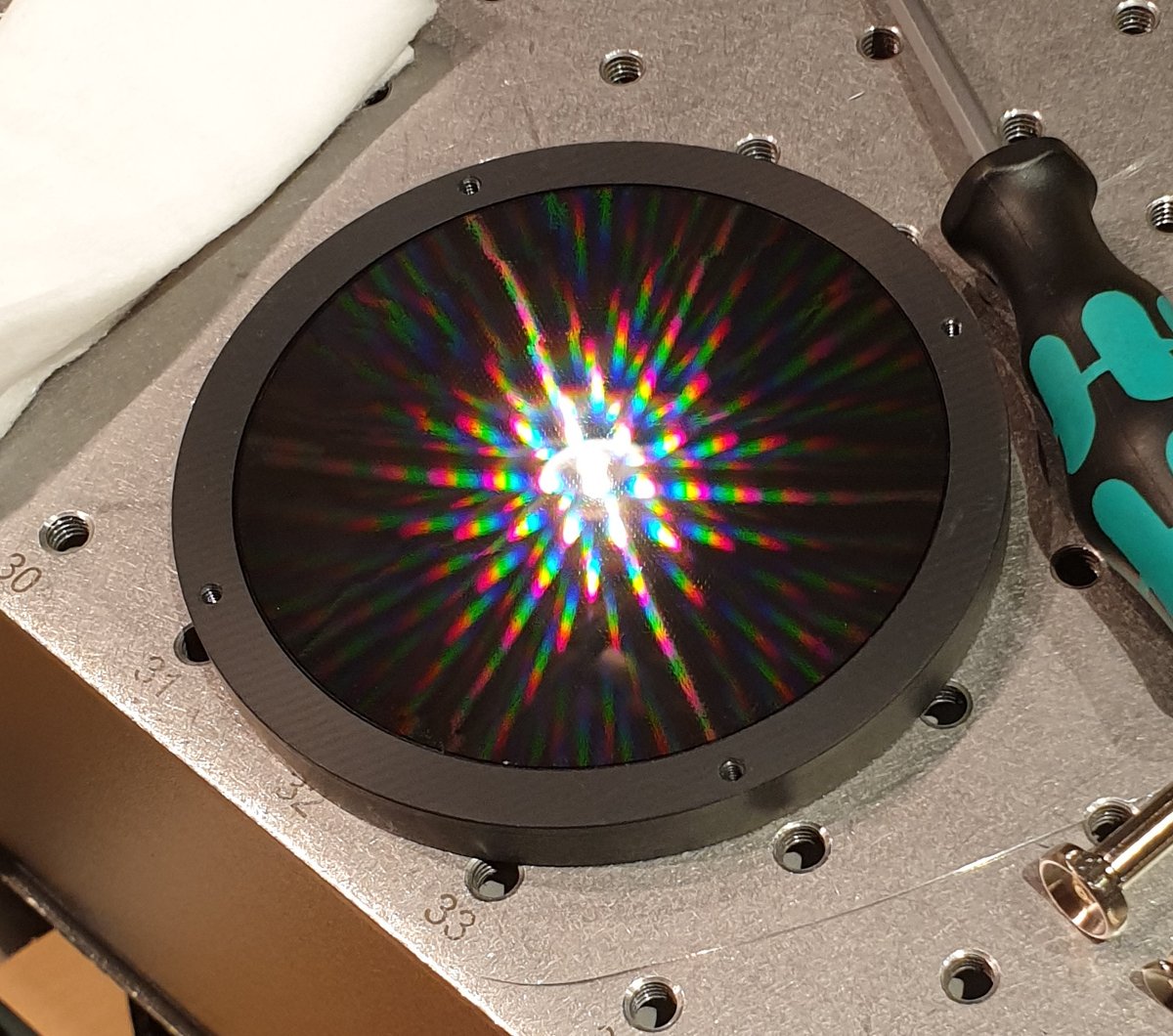
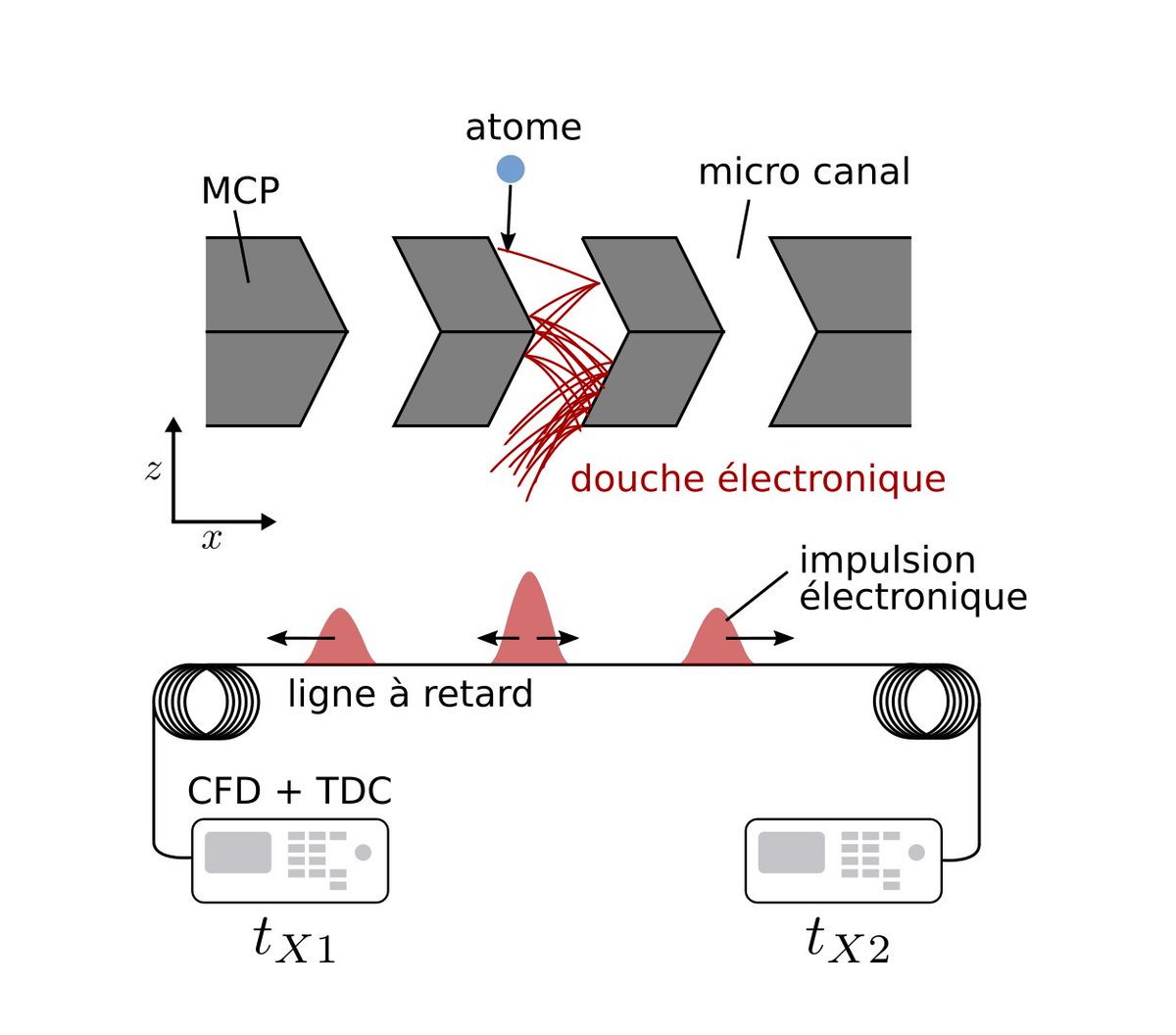
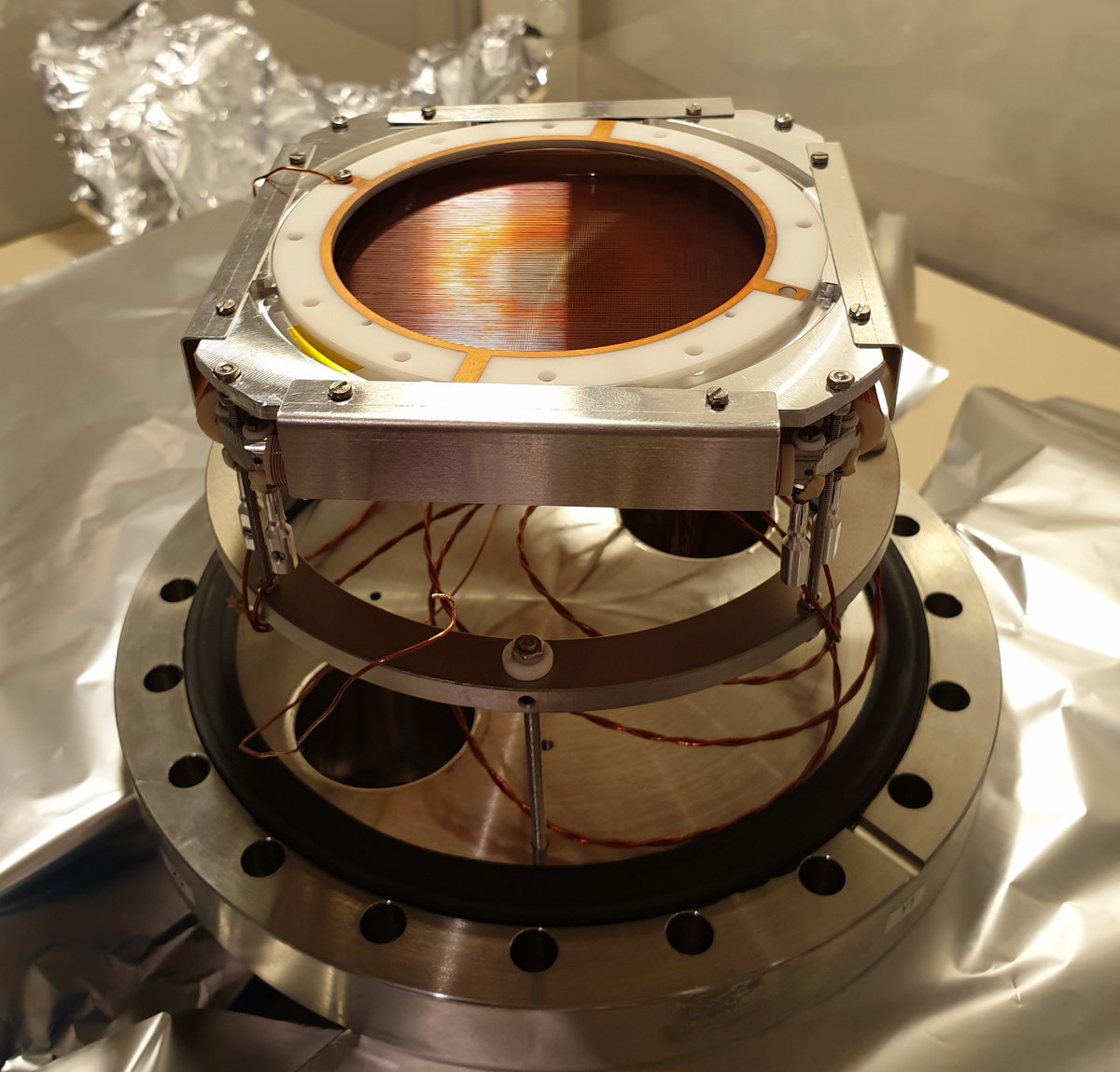
 (12/n)
(12/n)
